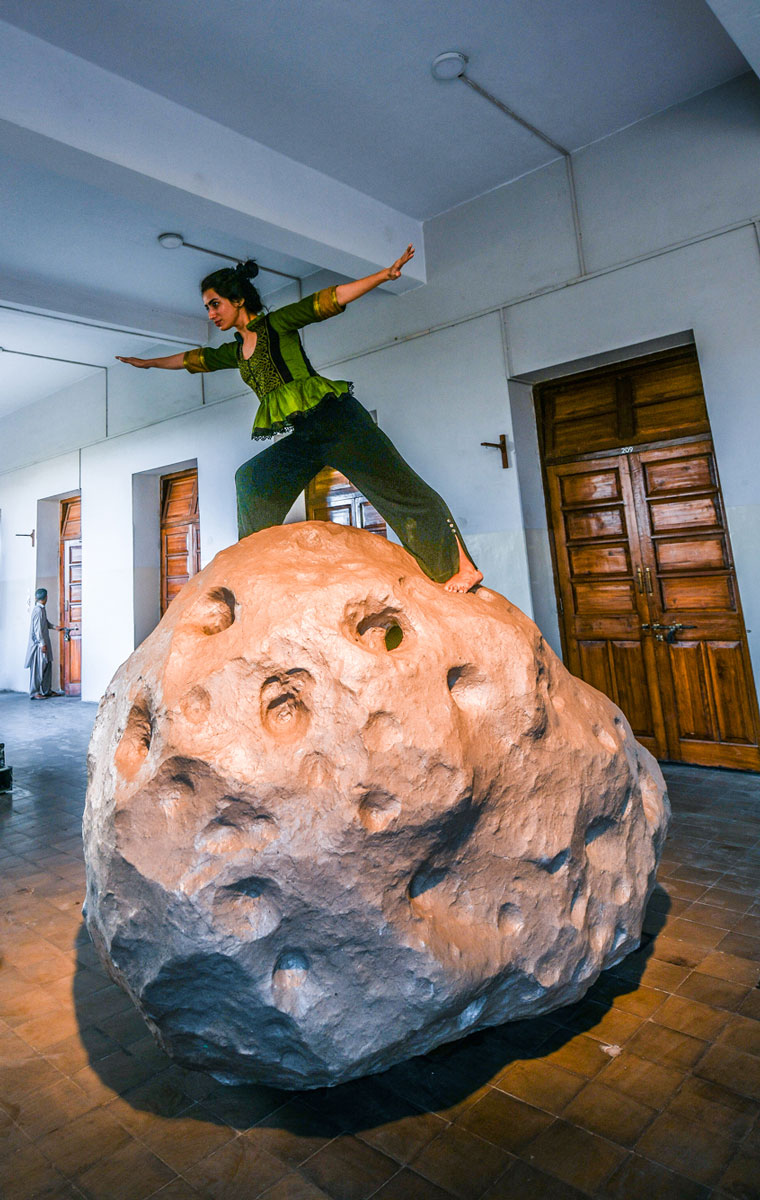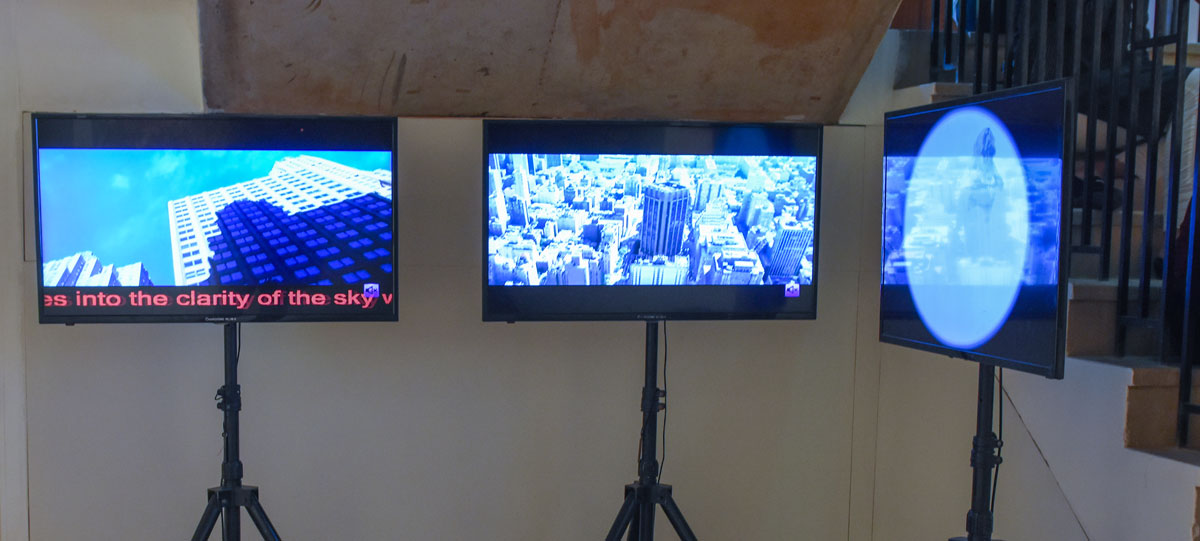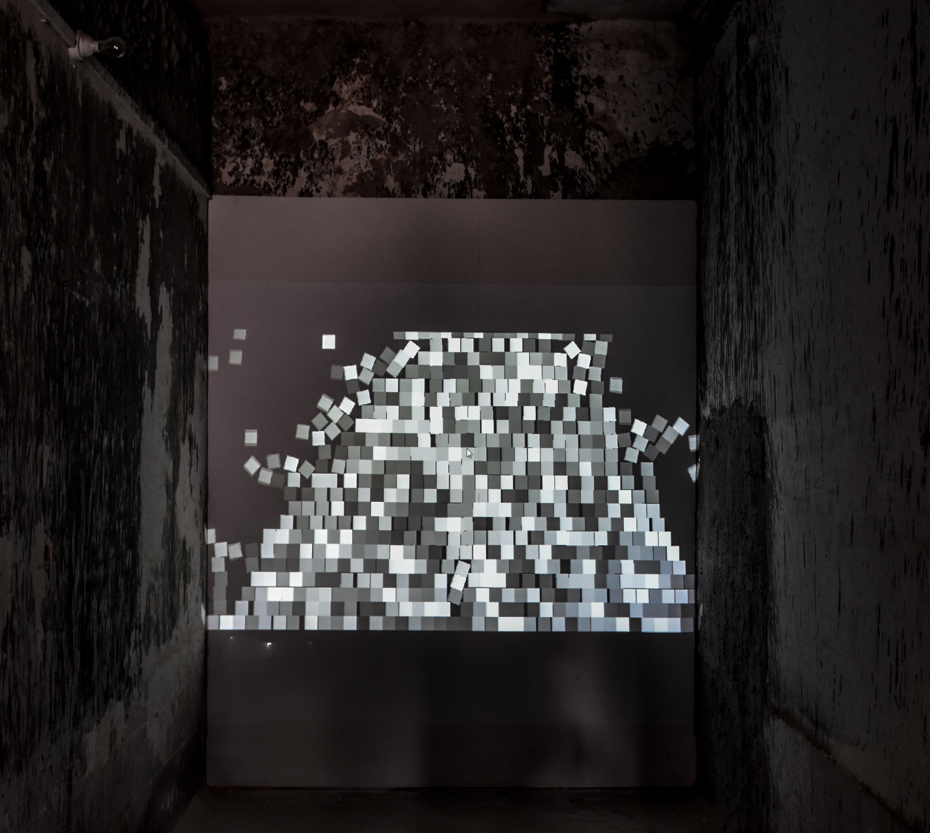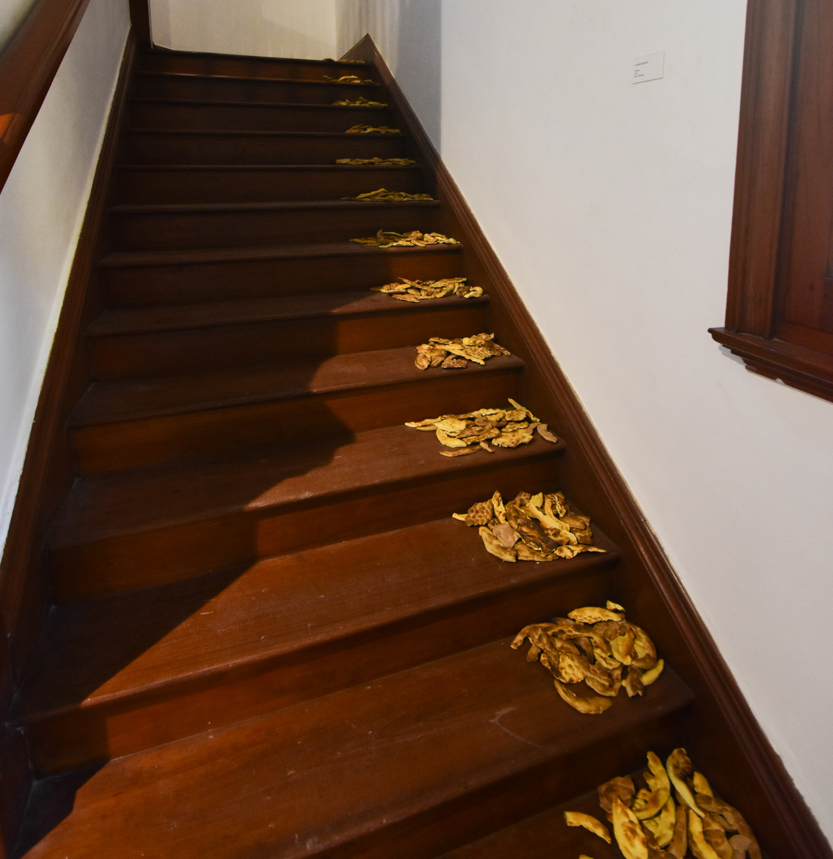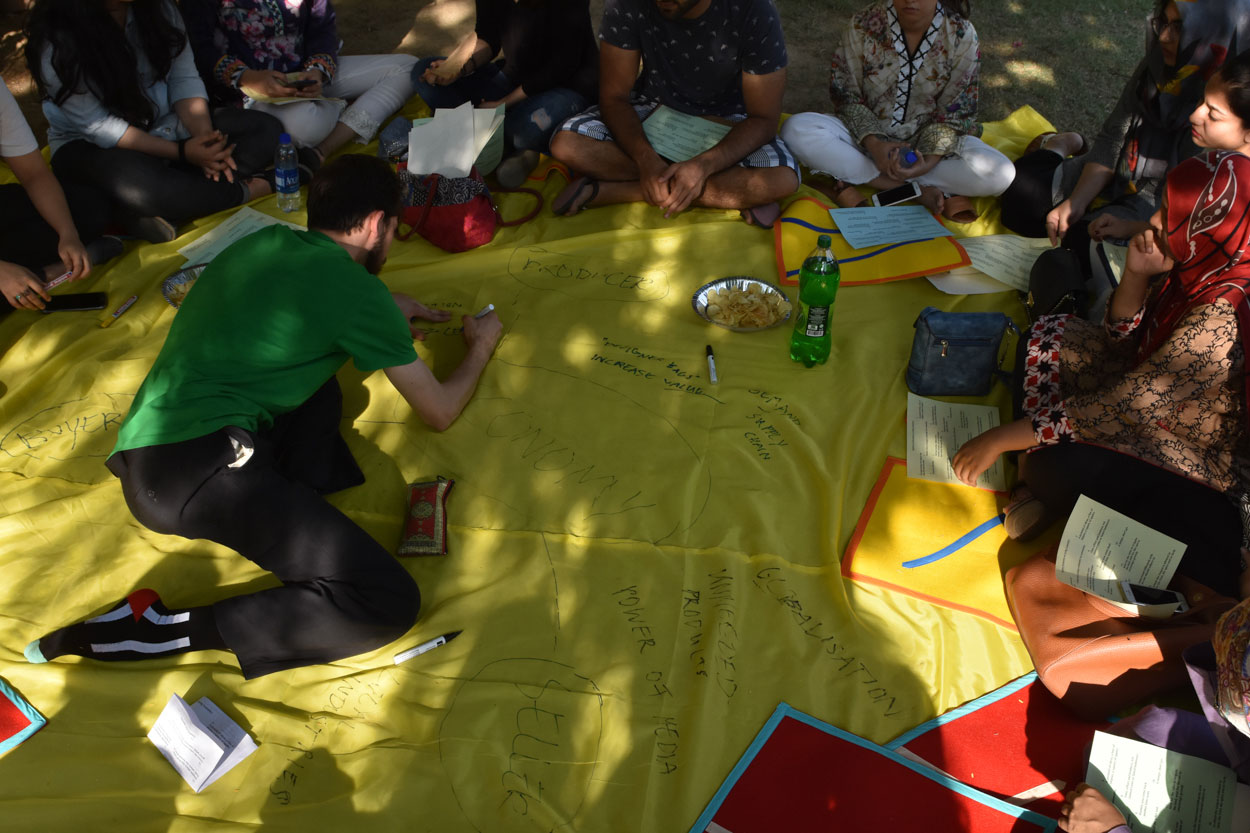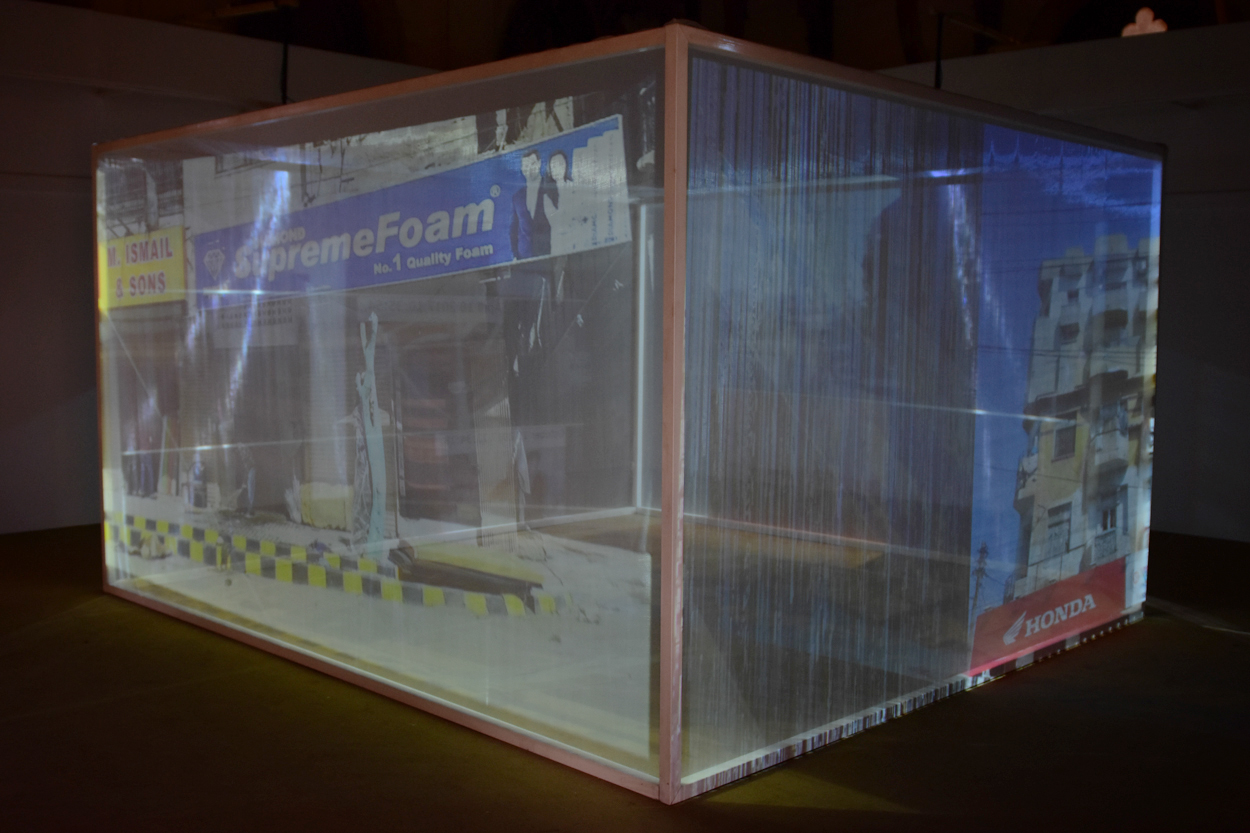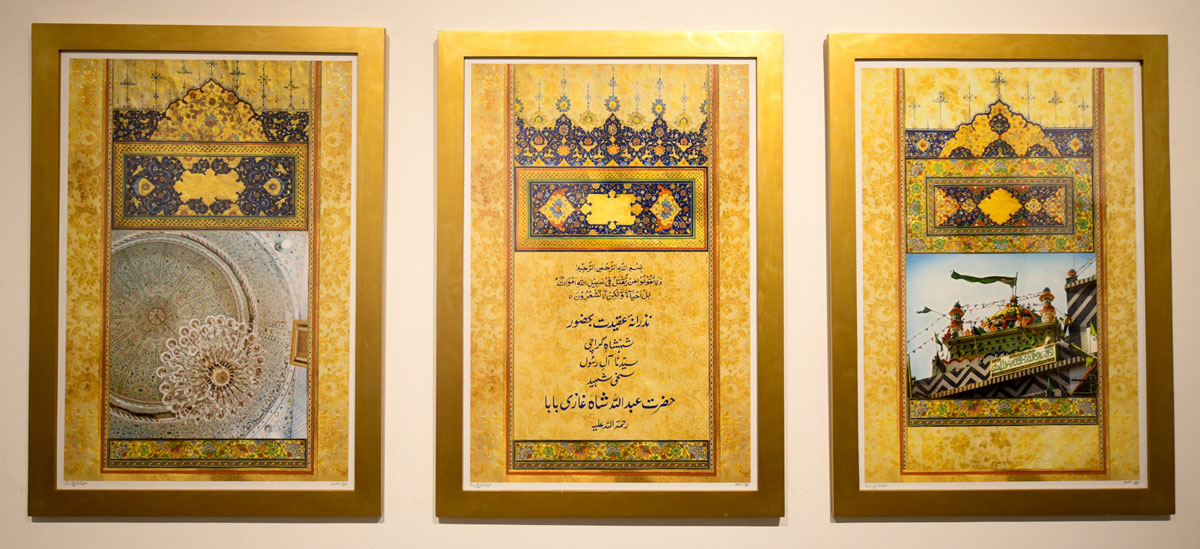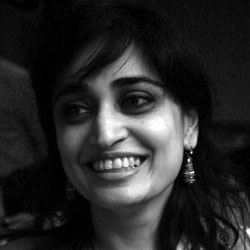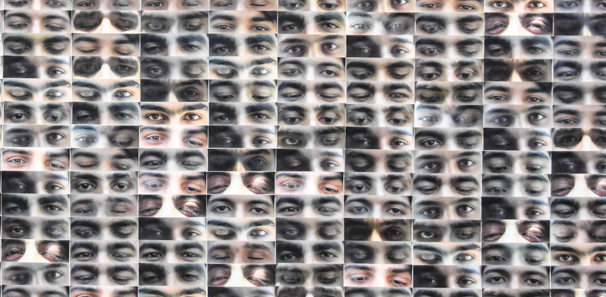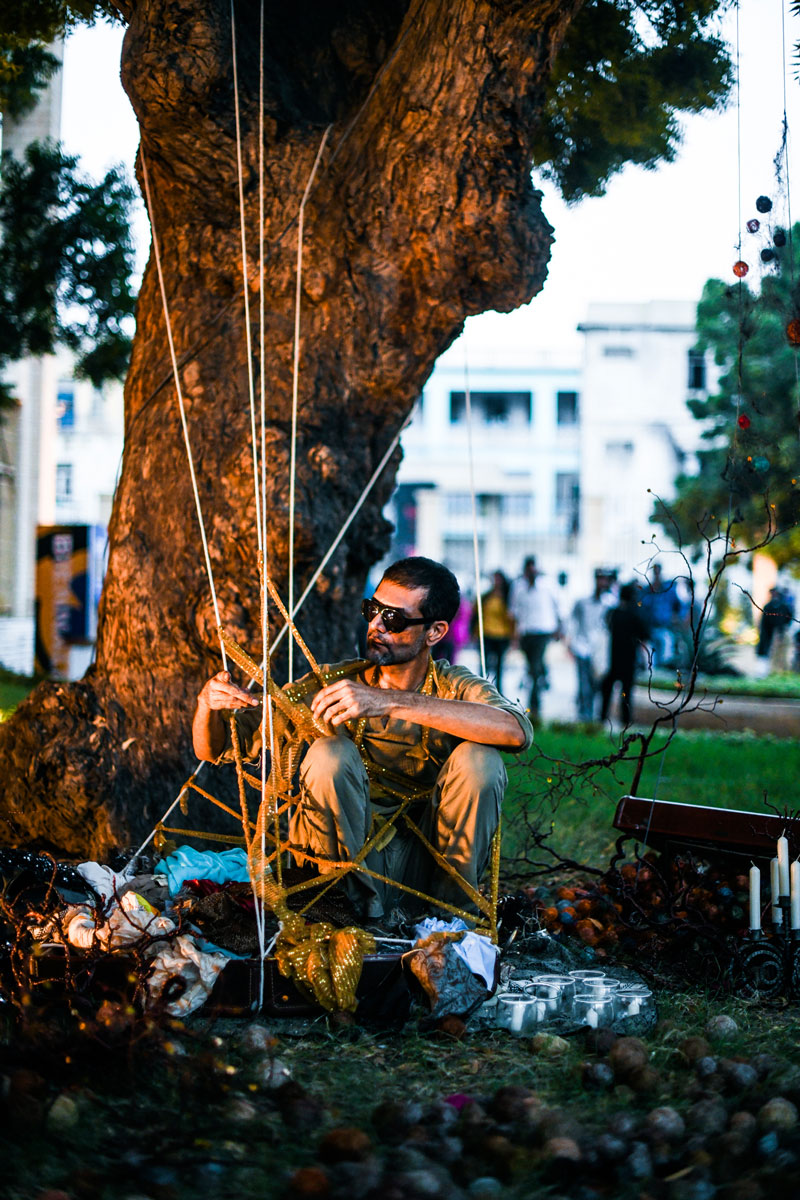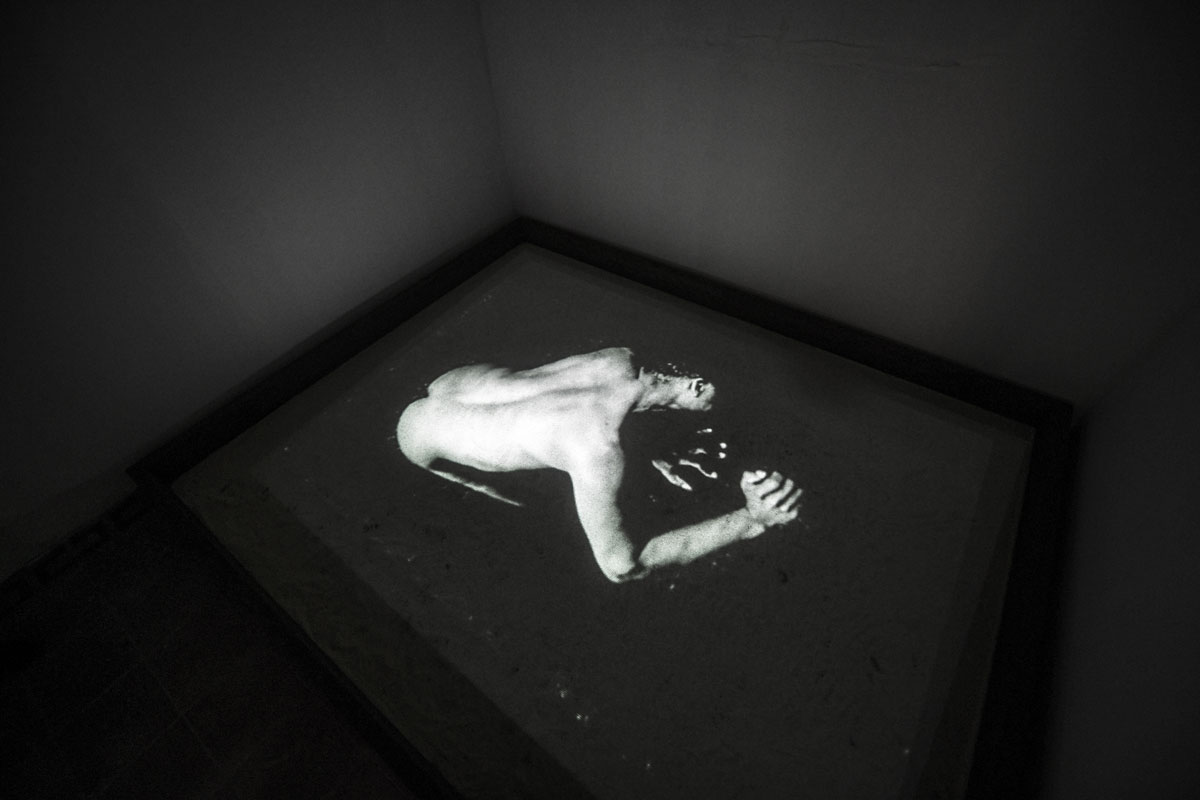2017 Karachi Biennale Artists
1 / 25
2 / 25
3 / 25
4 / 25
5 / 25
6 / 25
7 / 25

David Alesworth
Born in 1957 in London (UK)
Lives and works between Lahore (Pakistan) and Bristol (UK)
8 / 25
9 / 25
10 / 25
11 / 25

Eléonore Hellio
Born in 1966 in Paris (France)
Lives and works in Kinshasa (Democratic Republic of Congo)
12 / 25
13 / 25

Elvin José Díaz Tolentino
Born in 1979 in Santo Domingo (Dominican Republic)
Lives and works in in Santo Domingo (Dominican Republic)
14 / 25

Eric Peter
Born in 1989 in Dordrecht (The Netherlands)
Lives and works between The Hague (The Netherlands) and Davao City (The Philippines)
15 / 25
16 / 25
17 / 25
18 / 25
19 / 25
20 / 25
21 / 25
22 / 25
23 / 25

Goddy Leye
1965 (Mbouda, Cameroun) - 2011 (Bonendale, Cameroun)
Lived and worked in Bonendale (Cameroun)
24 / 25
25 / 25


